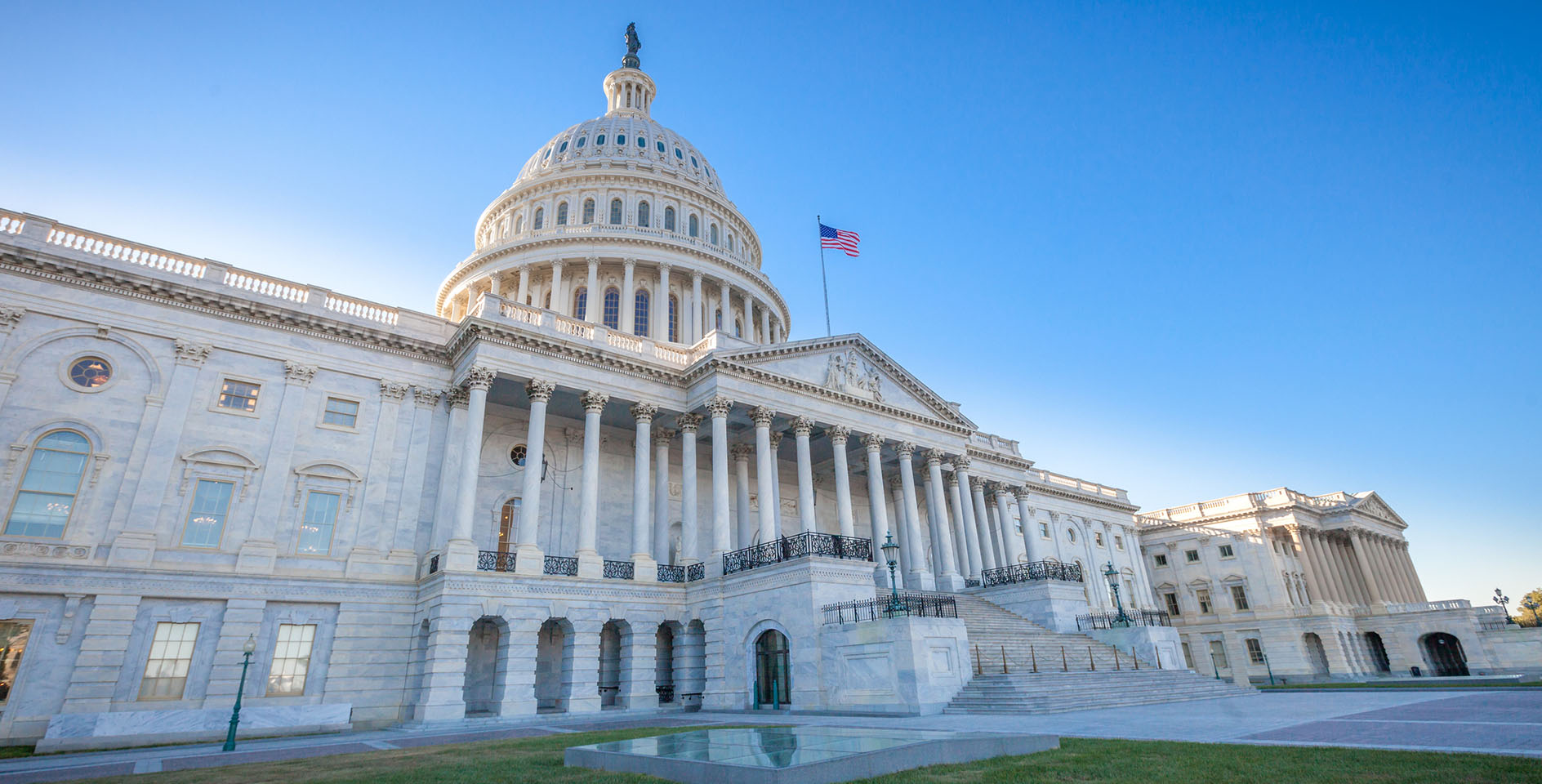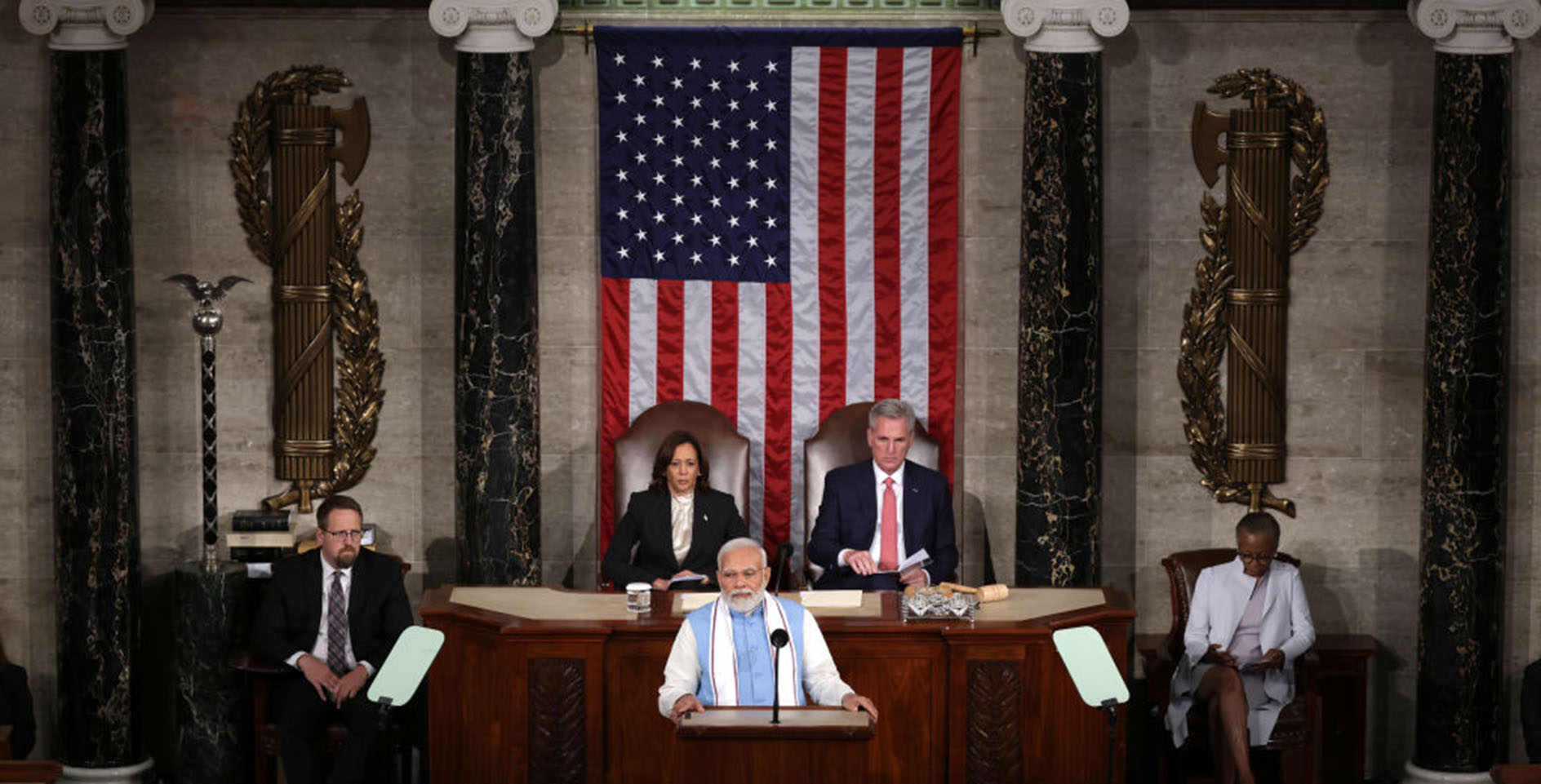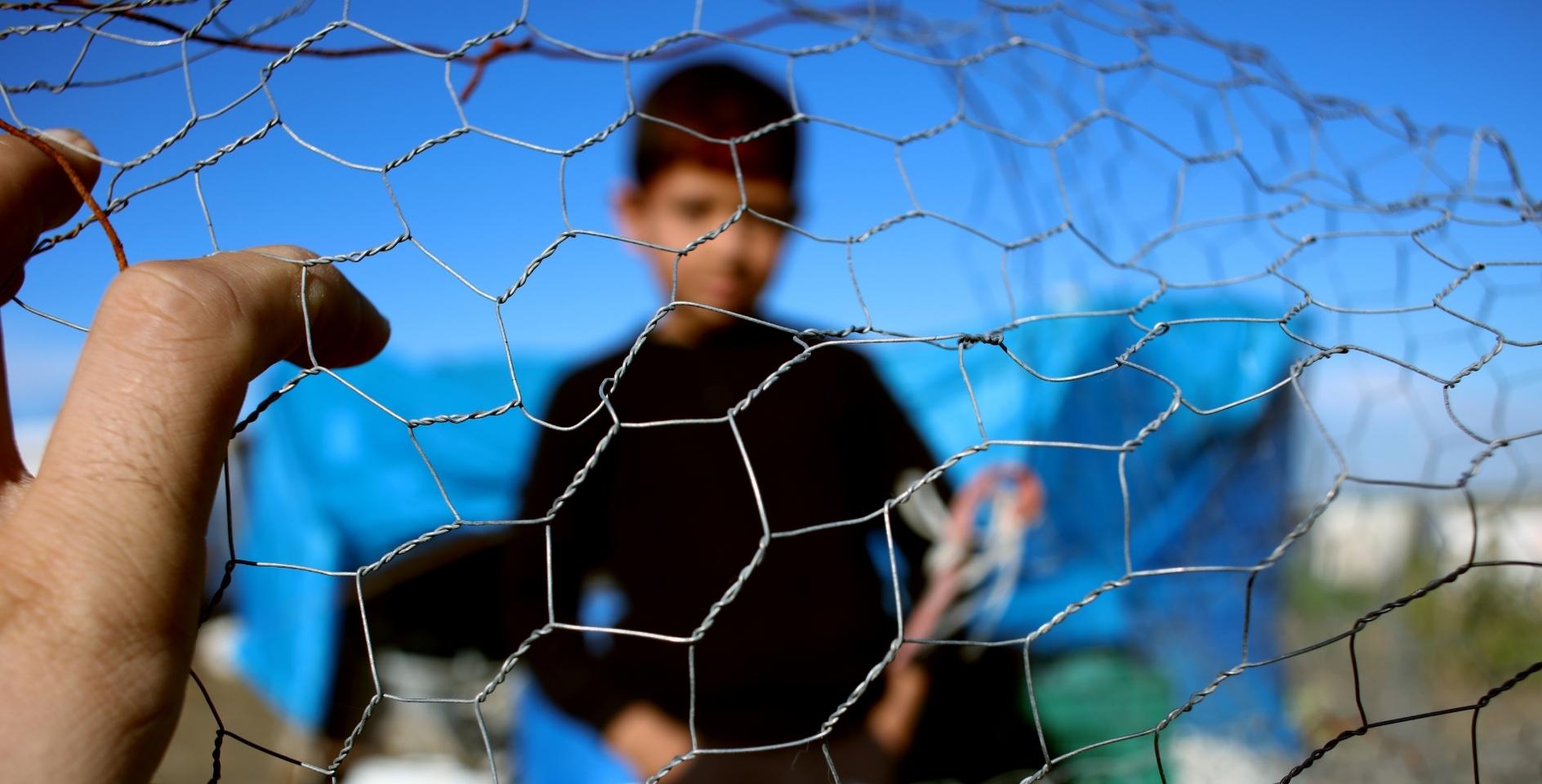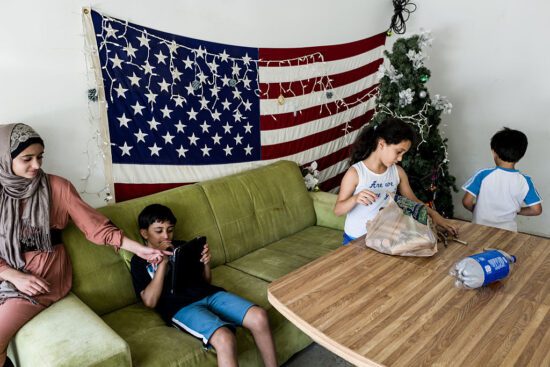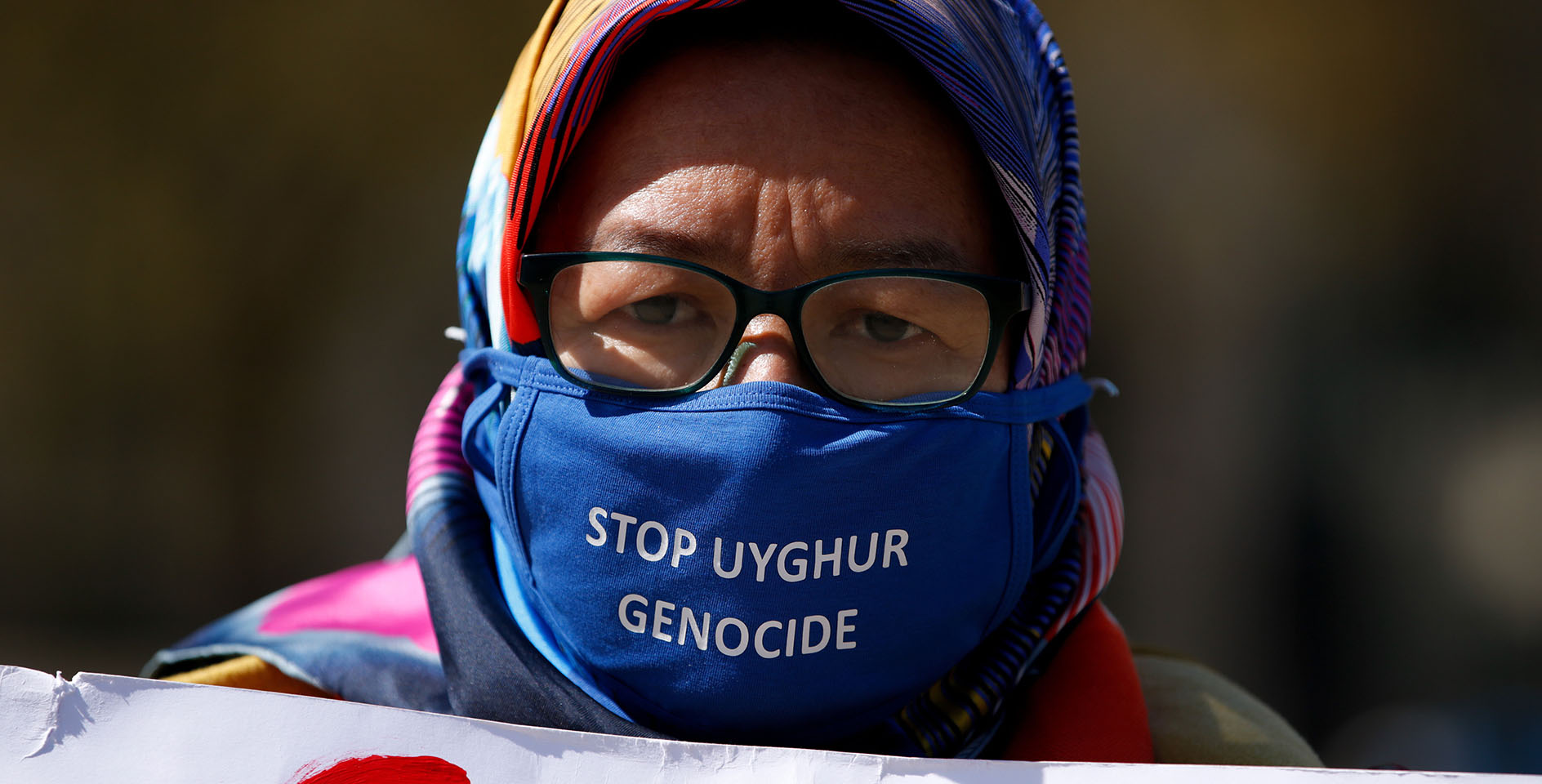In the opening lines of last week’s executive order addressing the country’s refugee program, President Biden wrote, “the long tradition of the United States as a leader in refugee resettlement provides a beacon of hope for persecuted people around the world.” Sadly, the rising tide of nationalism in our politics has dimmed that once bright light. There is much work to be done if America is to, in Biden’s words, lead again. Critical to that work is the rebuilding of a refugee resettlement program that honors our nation’s rich history of welcoming the world’s most vulnerable.
The President is charged with determining the maximum number of people allowed entry through the refugee process. The number, while set by the White House, represents an annual conclusion of a worthwhile debate throughout Washington. It’s a debate in which the ERLC is regularly engaged.
During the 2020 campaign, President Biden promised to “set the annual global refugee admissions cap to 125,000, and seek to raise it over time.” While the administration’s recent executive order marks an encouraging move toward relighting that beacon, the refugee ceiling is the critical next step.
Among other directives, the order begins a wide ranging review of the federal government’s refugee resettlement procedures. For example, the order directs the Secretaries of State and Homeland Security to designate a senior-level employee in their departments to focus on the refugee application process. Among the specific reviews ordered is the nation’s policy which grants Special Immigrant Visas for Iraqi and Afghan allies.
The refugee program has long enjoyed both broad bipartisan support in Congress and in the communities these men and women have enriched, including many Southern Baptist churches. The vetting procedures for refugees were already the strongest of any category of immigrants, and these security procedures have been further strengthened. This program tells an important story about who we are as a nation. It has enabled remarkable talents to become Americans and pursue the American dream such as Vietnamese refugee David Tran who created the popular Sriracha hot sauce.
Since the Refugee Act of 1980, the resettlement ceiling before the Trump Administration ranged from as high as 230,000 to as low 67,000. The historic average over the decades hovered near 95,000. President Trump first set the refugee ceiling at 50,000 in 2017 and then cut it each year, leaving it at 15,000 for 2021.
This precipitous drop not only closed the door to many of our own brothers and sisters abroad in the persecuted church seeking safe harbor, but it also starved the resettlement pipeline needed to provide that harbor in America. Integrating these families seeking refuge in our local communities requires the ongoing partnership of government offices and non-profit agencies. Without refugees moving through the line, many agencies shutter. This leaves our future capability to serve in peril.
The Evangelical Immigration Table, of which the ERLC is a member, responded last Friday to President Biden’s order noting both appreciation of this first step but also urging him to follow through on his commitment to officially raise the ceiling.
In the EIT press release, Russell Moore, president of the ERLC, explained how, “our advocacy for religious minorities in peril around the world, whether they be Uyghurs in China or Christians in Syria, is a priority of our work at the ERLC.” Moore also said it was his “prayer that Christians will lead the revitalization of America’s commitment to be a beacon of freedom and safe harbor for the oppressed and persecuted.”
As vaccines and treatments help the world climb out from under the coronavirus pandemic, we ought to use this time of restricted global travel to rebuild the resettlement infrastructure. We should invest now in the infrastructure needed for overseas processing and help resettlement agencies in the U.S. rebuild so that when our door is able to be reopened, our welcome mat is ready. Instrumental to this process are faith-based organizations who partner with local churches to welcome refugees as our new American neighbors.





